Post written by Catherine Caine (2015 Hawaii State Teacher of the Year/National Finalist), Bill Griesar – and the amazing 5th graders at Waikiki School!
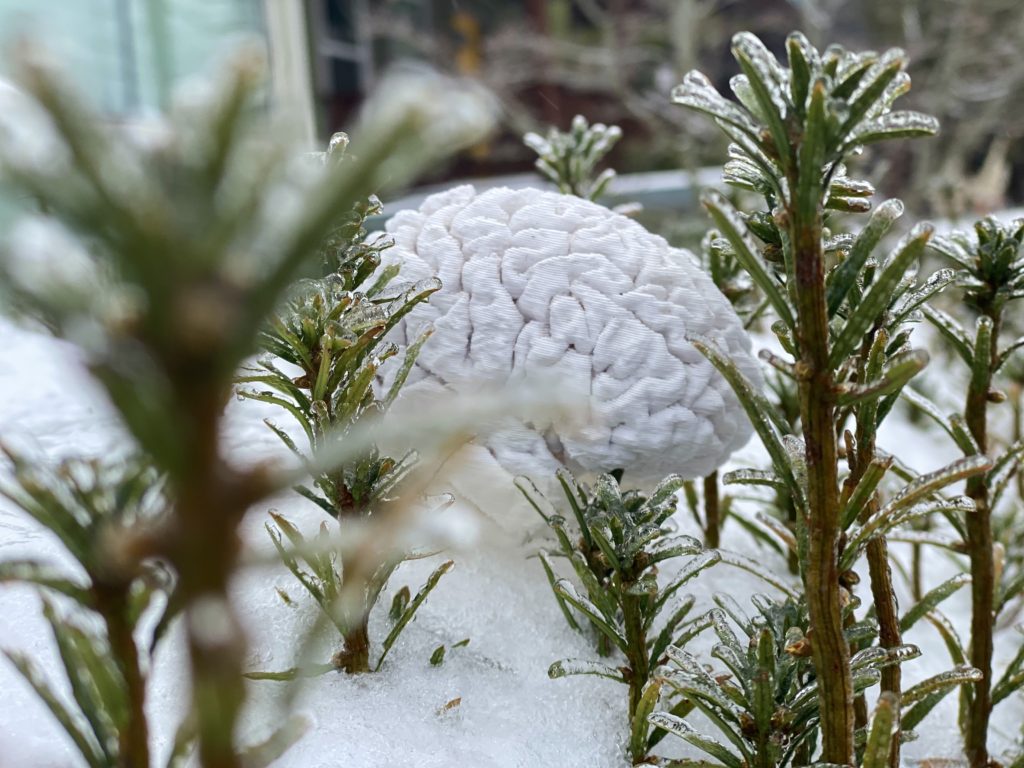
Going places 
As a snowstorm descended on Northwest Oregon, our informed and enthusiastic Noggin volunteers were thrilled to travel (virtually) to the sunny Hawaiian island of Oahu to talk lolo (“brain”) research – and art! – with some extraordinary fifth graders in Waikiki School!
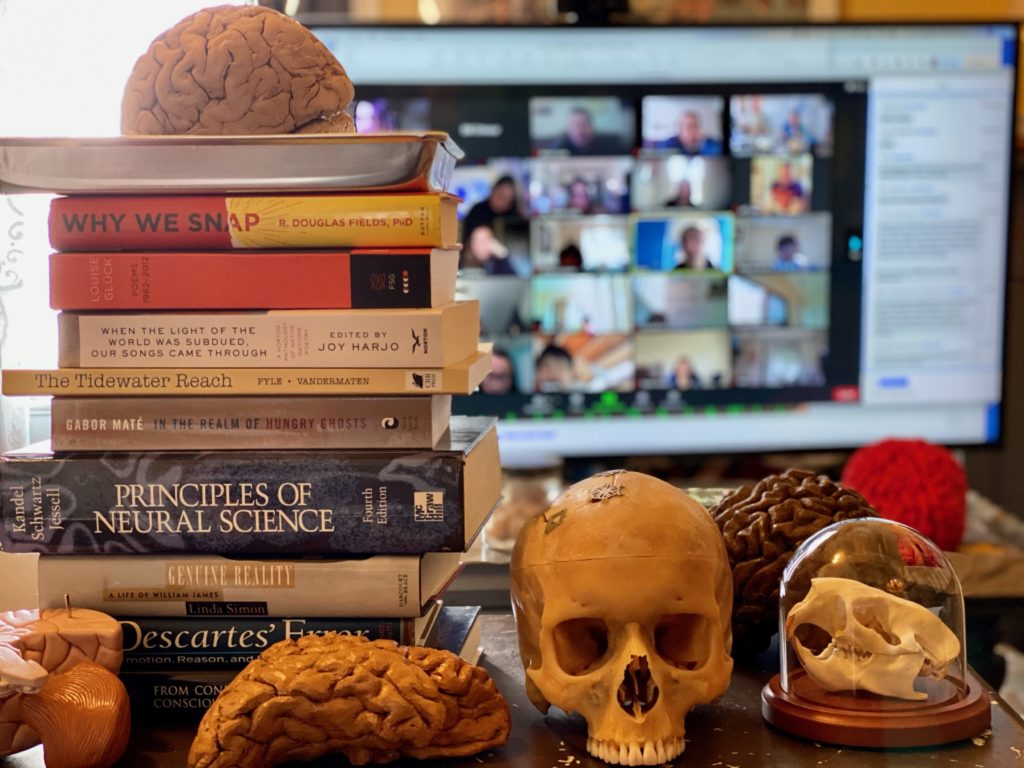
We organized an impressive group of outreach enthusiasts, including Melissa Sek, Annabelle Winking, Connie Tran, Amelia Lichtenberg, Roman Cimkovich, Chrysania Monroe, Michael Deveney, Tiara Freeman, Melissa DeMoura, Nancy MacKenzie, Jasmin Mabry, Karsen Coelho and Greyson Moore from Portland State University, Mikah Brandes, Hannah Fulenwider and Arielle Isakharov from Oregon Health & Science University, Aaron Eisen from OHSU and the National University of Natural Medicine, artist Kit Carlton, and Sheila Stern from the American Brain Coalition!
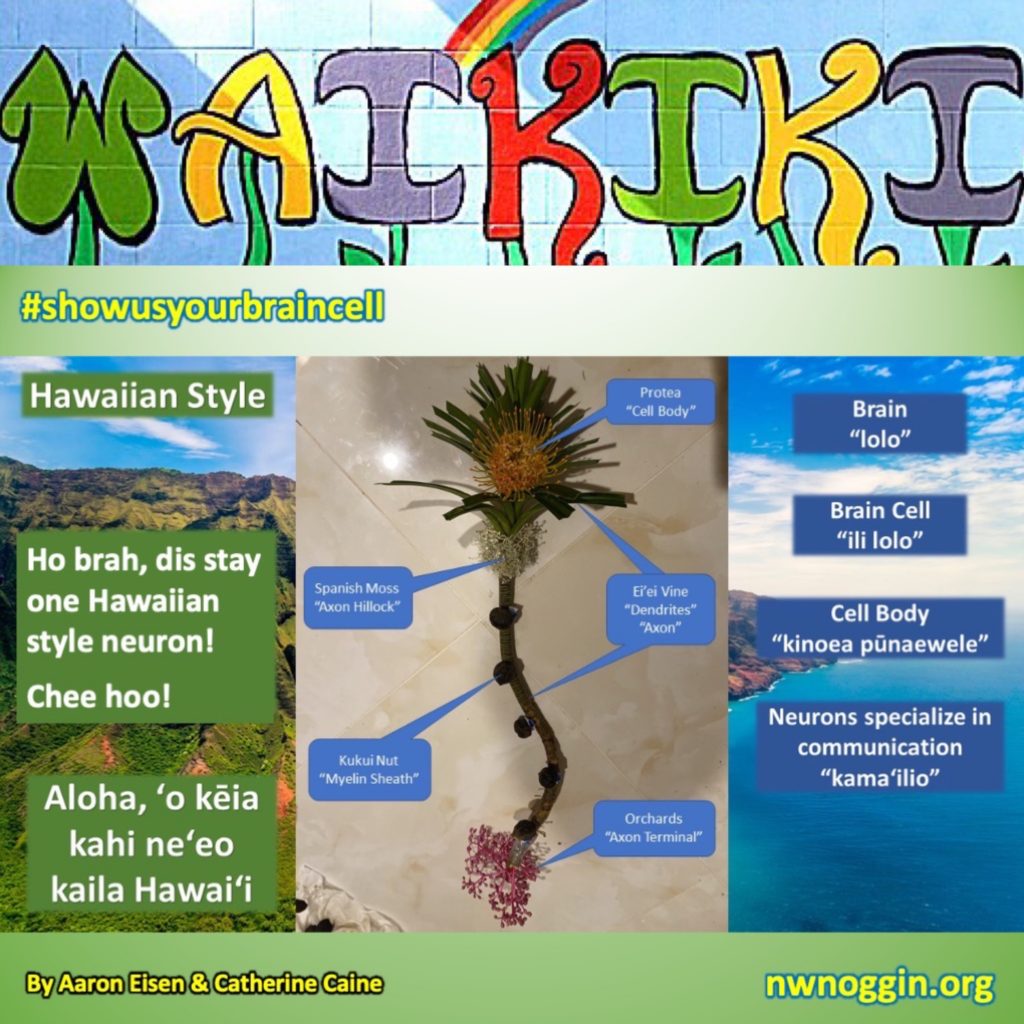
We spent two days volunteering with Waikiki 5th graders and their award-winning teacher Catherine Caine, and were honored and inspired by their deep questions, infectious curiosity, terrific insights and a clearly shared enthusiasm for learning more!
LEARN MORE: Hawaii educator named National Teacher of the Year finalist
LEARN MORE: Waikiki teacher among 4 finalists for national award
LEARN MORE: Doing it Right at Waikiki Elementary School
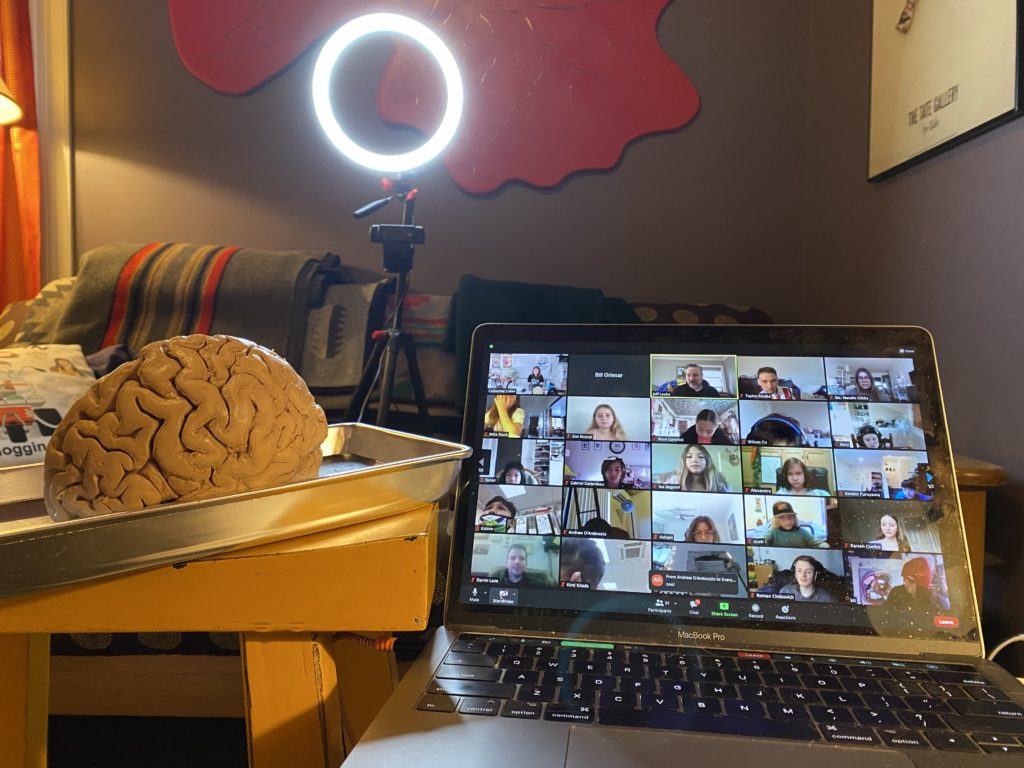
Students have questions!


MANY more too: Check them out HERE!
If you like be akamai, make sure you get choke shut eye
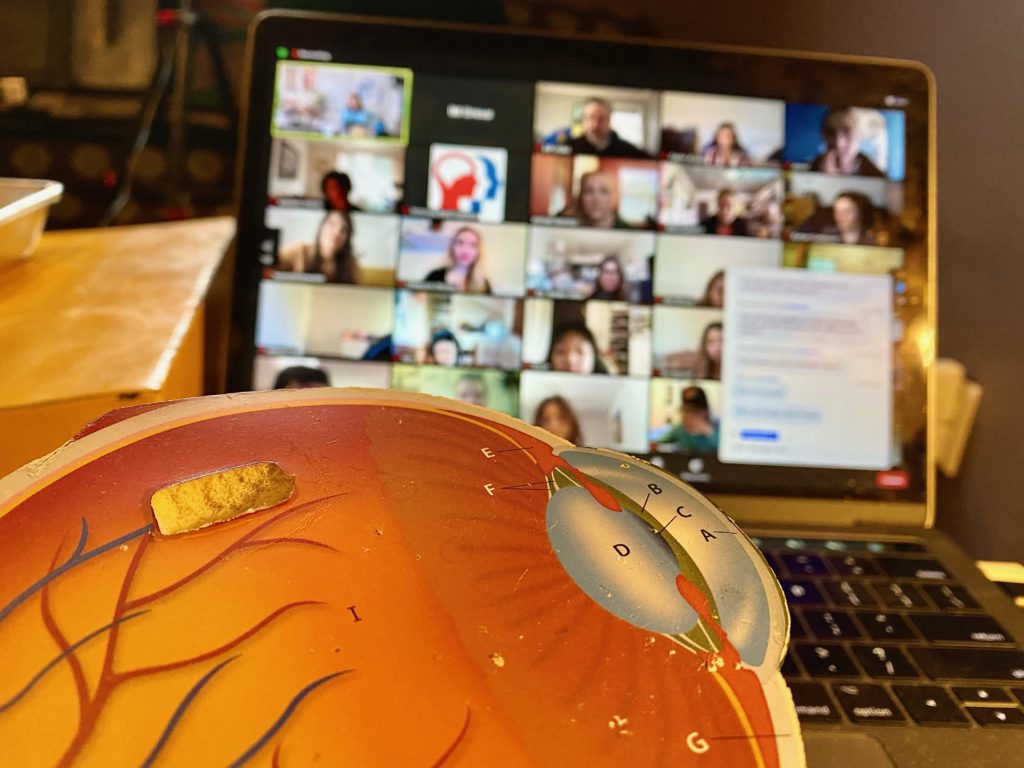
Artist Kit Carlton, who collaborated with OHSU graduate student Sydney Boutros to present the first pre-pandemic NW Noggin Old Town Talk, was inspired to create some gorgeous neuro-inspired artwork during the week.
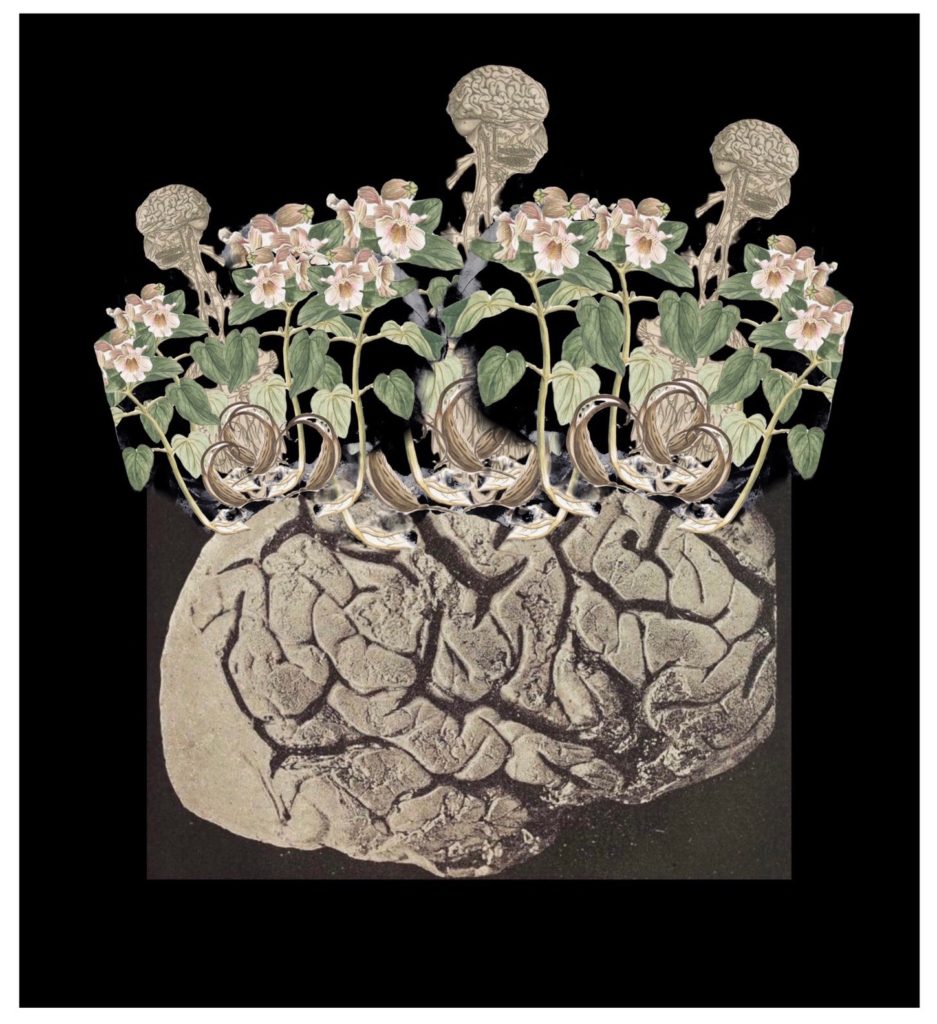

LEARN MORE: Memory, Poetry, Brains
Mahalo!
Thank you for inviting us to Hawaii!

Slide show
Ms. Caine shared a slide show of student reactions. Enjoy!

Dear Northwest Noggins,
Living in the time of COVID has been a challenge for passionate educators. How do you bring learning alive for your students in this virtual world?
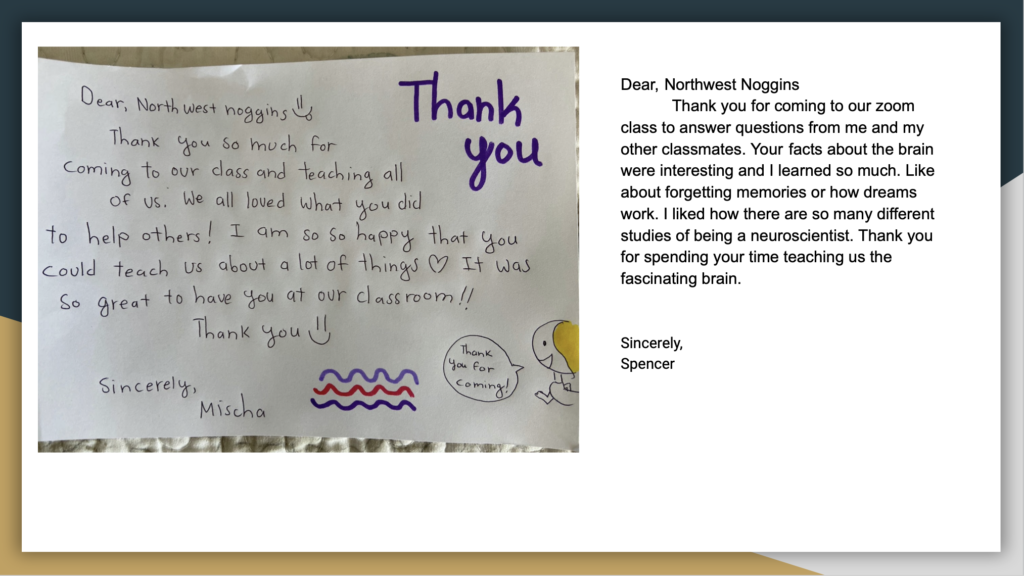
You all stand out as a beacon that embodies the answer to that question. My students were the beneficiary of your enthusiasm when over twenty visitors came to share their knowledge with my fifth graders at Waikiki School.
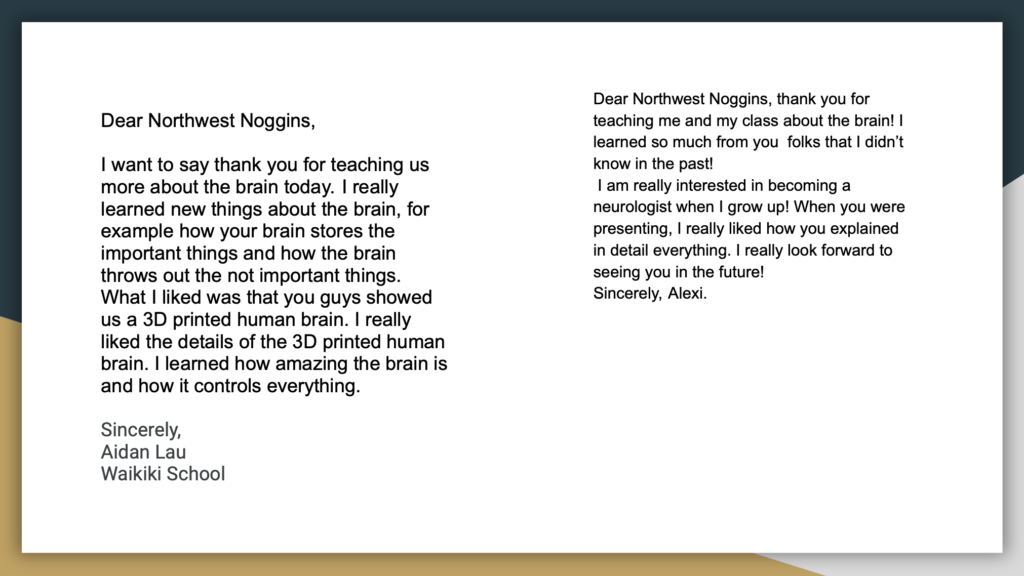
“Nothing great is ever achieved without enthusiasm.”
– Ralph Waldo Emerson

Each of the volunteers stimulated my students’ natural curiosity with information about studies and what they knew about the brain. However, perhaps just as critical was what was still to be discovered or learned in the future.

I believe the seeds that were planted this week will reverberate for years to come with my students. Please accept my sincere appreciation of your role as models of curiosity and lifelong learning.
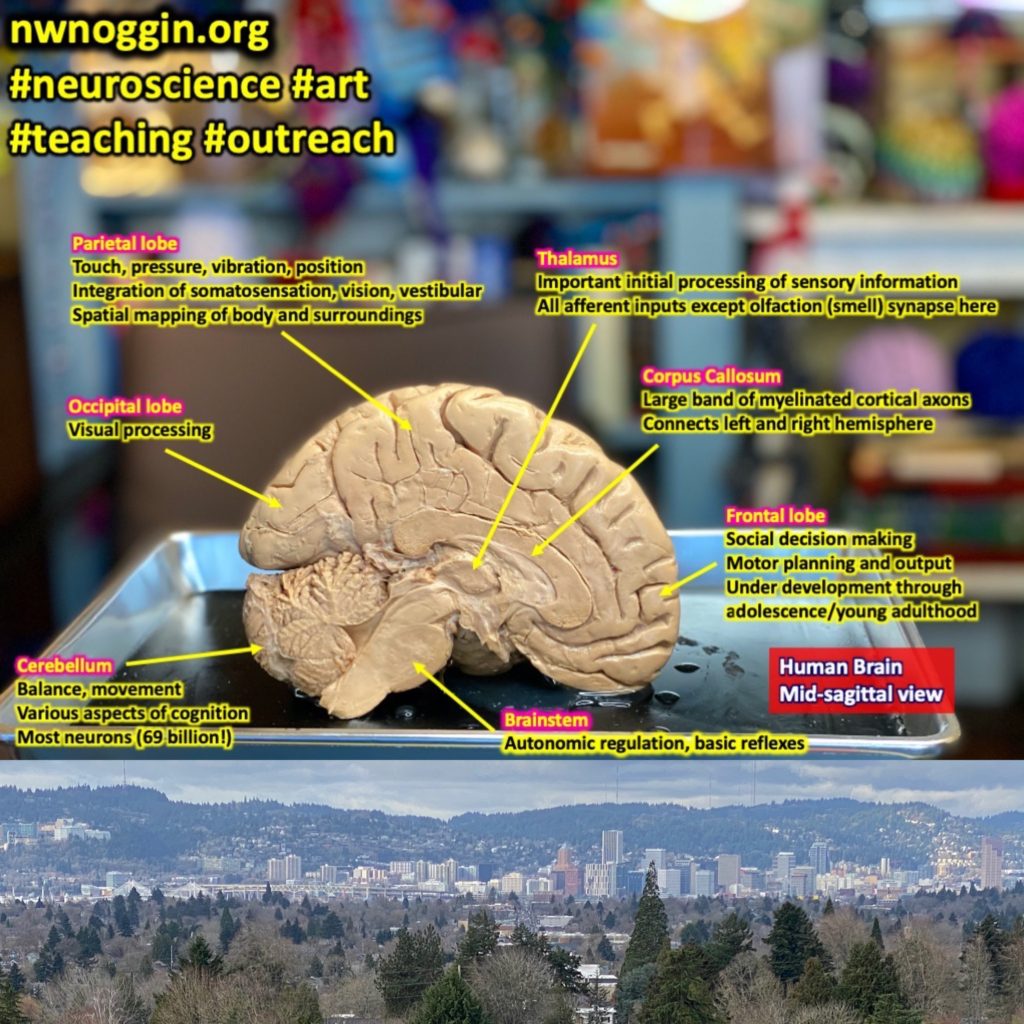

Best regards, Catherine Caine
2015 Hawaii State Teacher of the Year/National Finalist
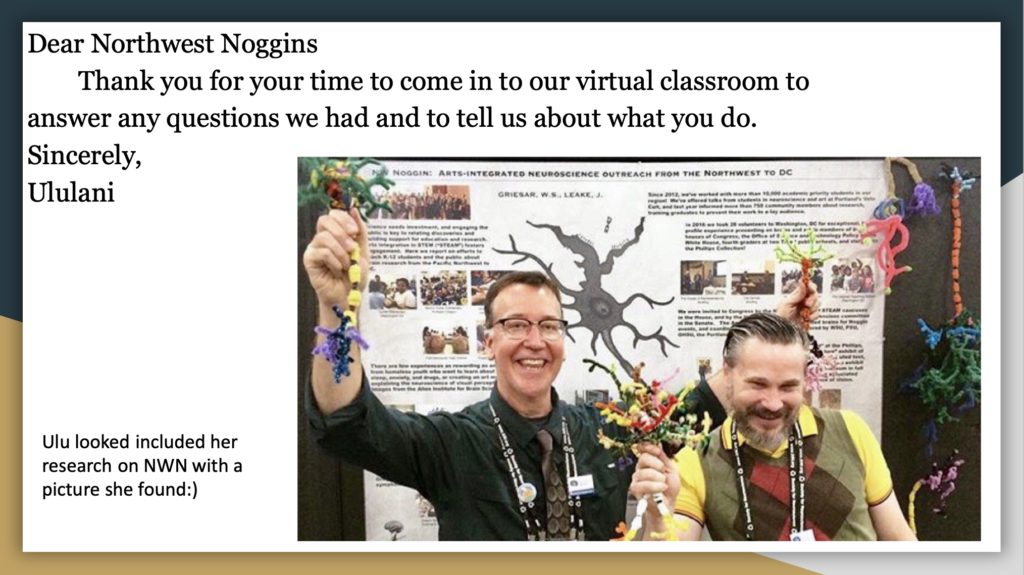
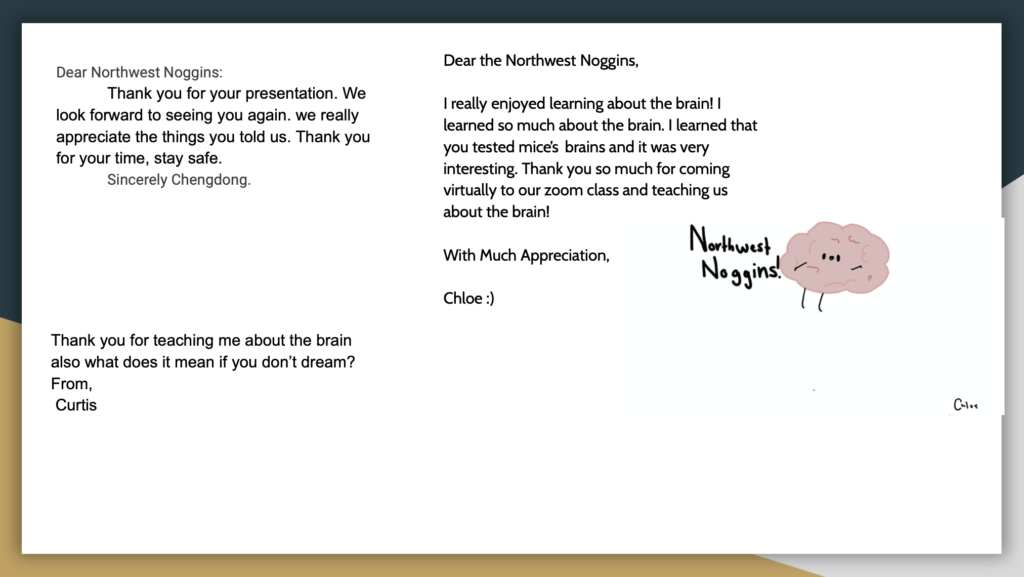
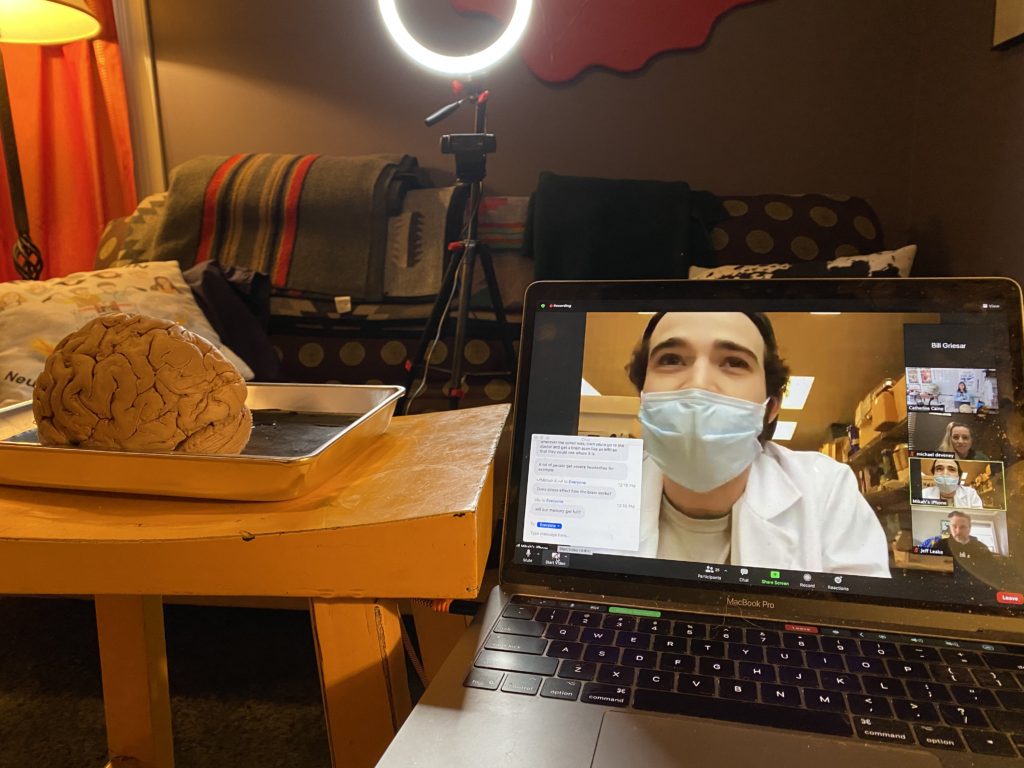

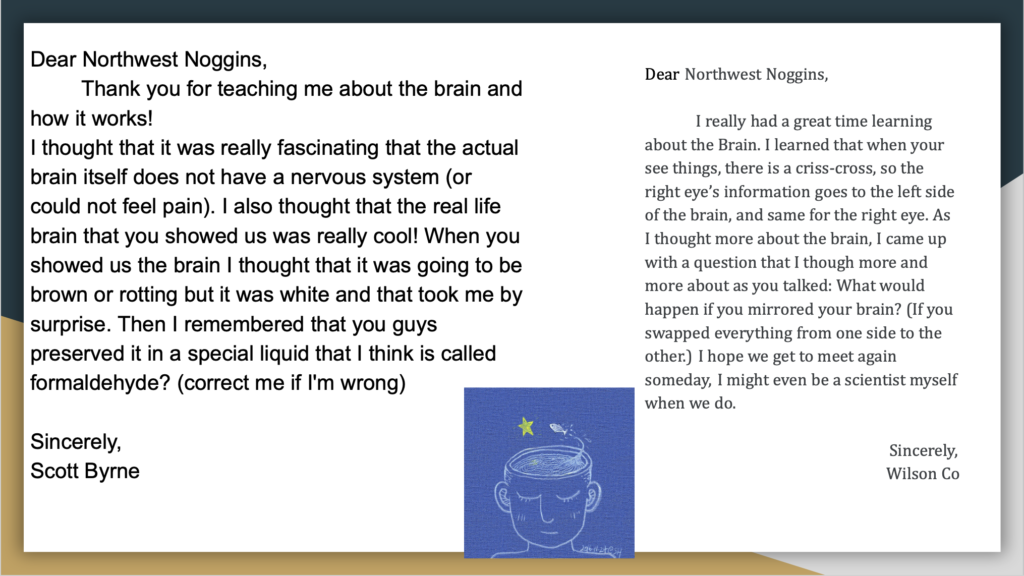
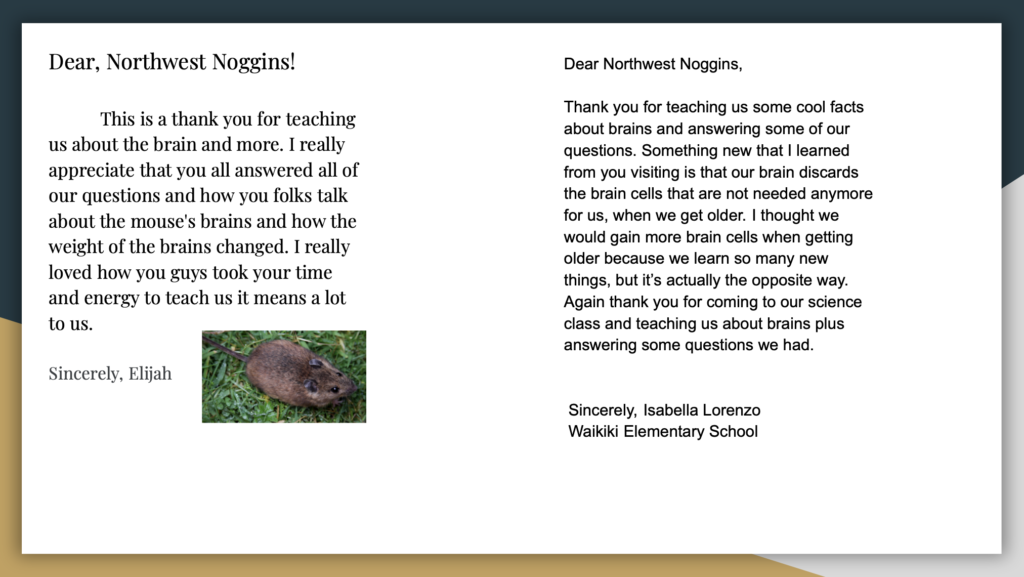

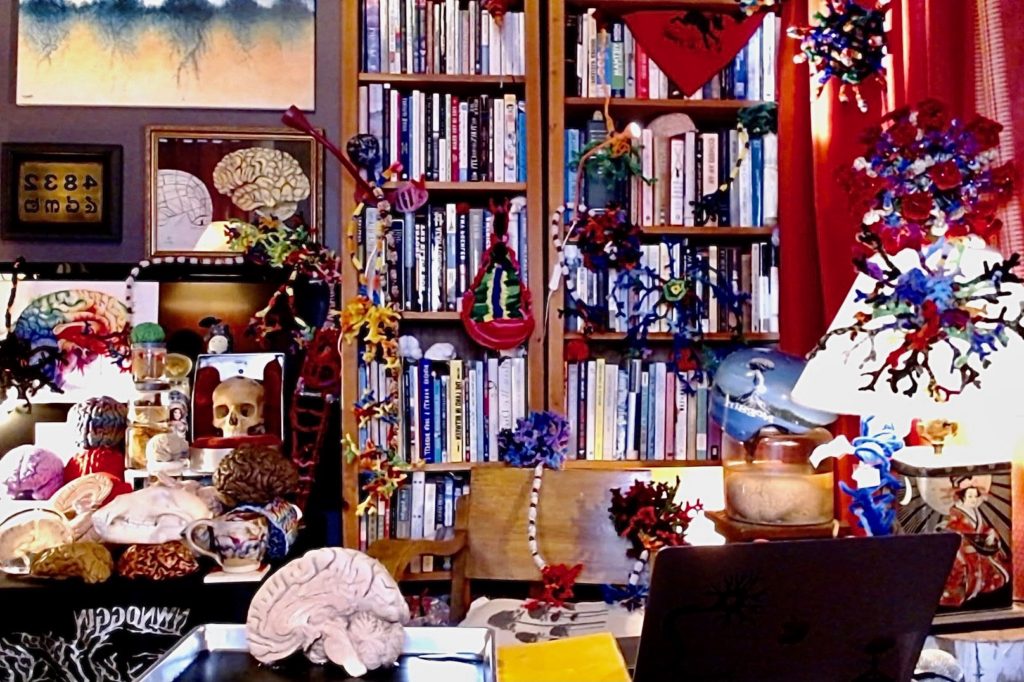
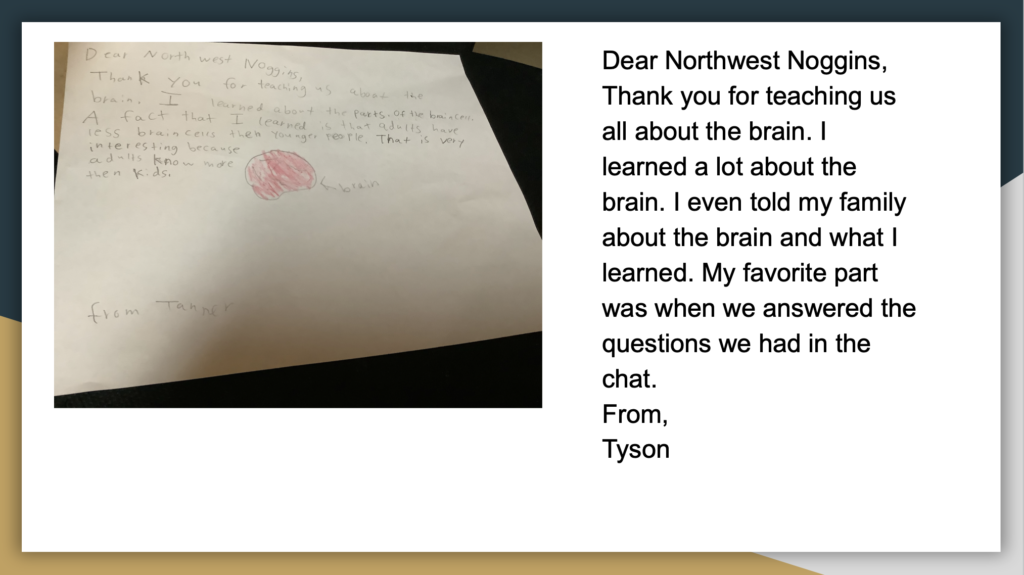
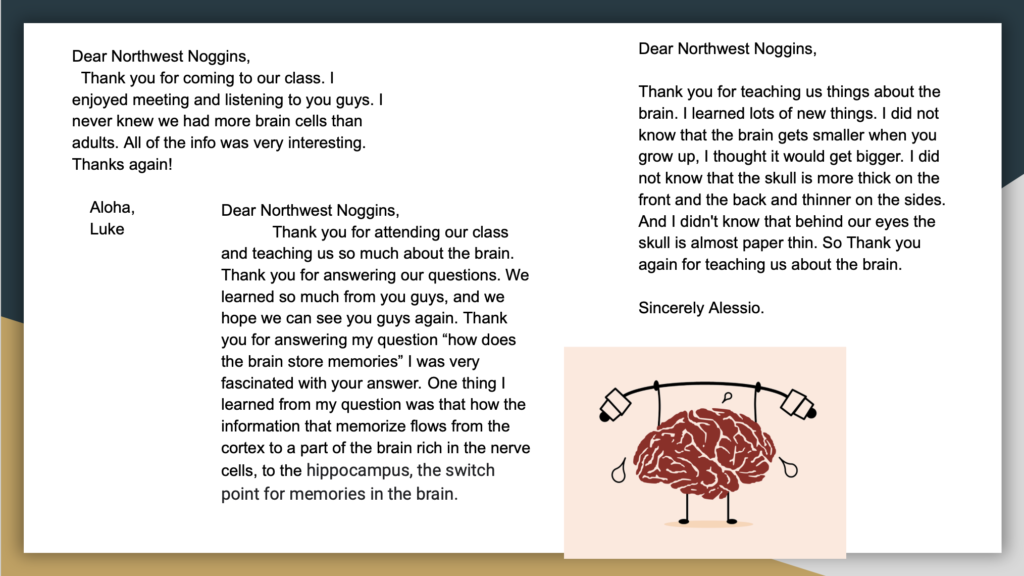
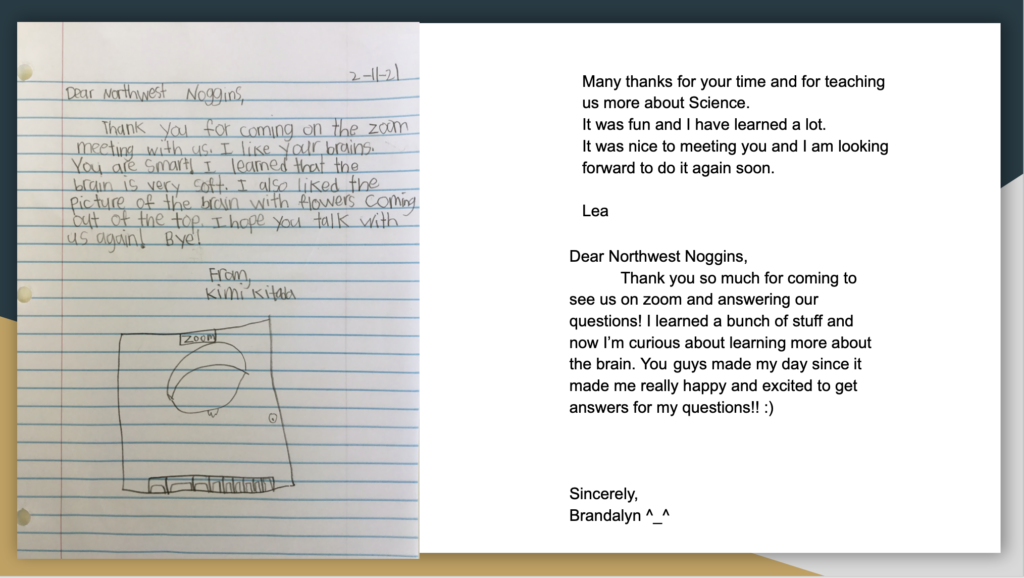
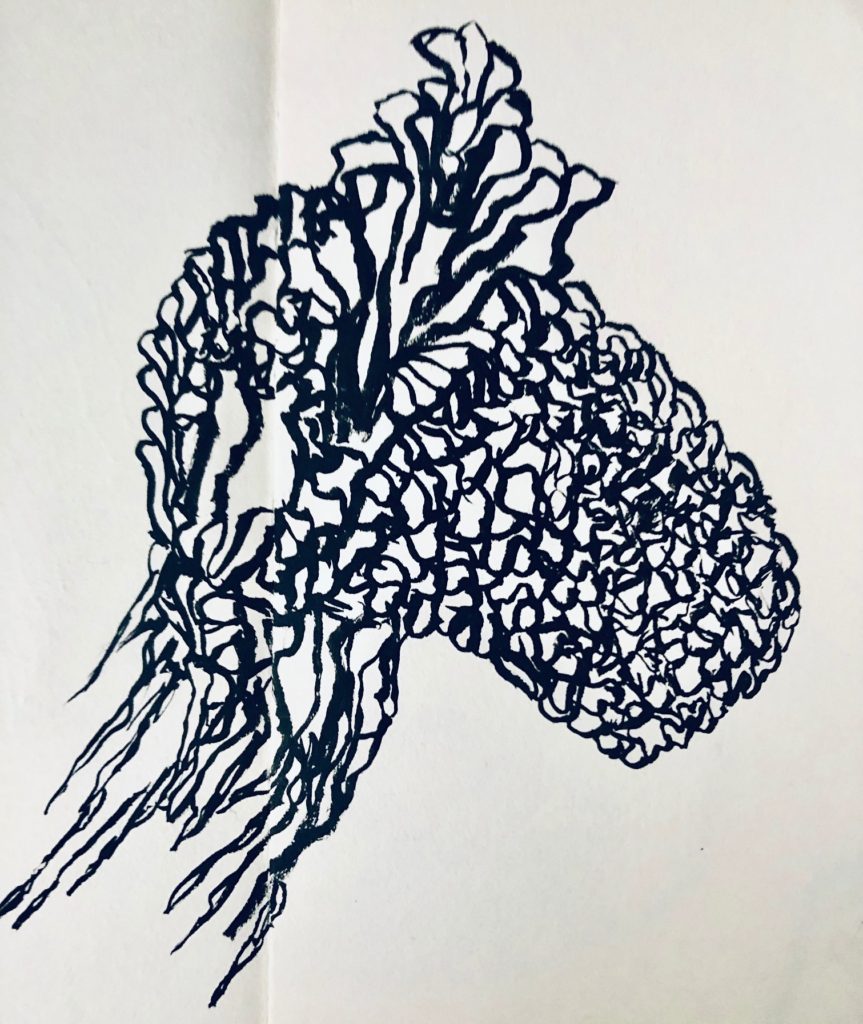
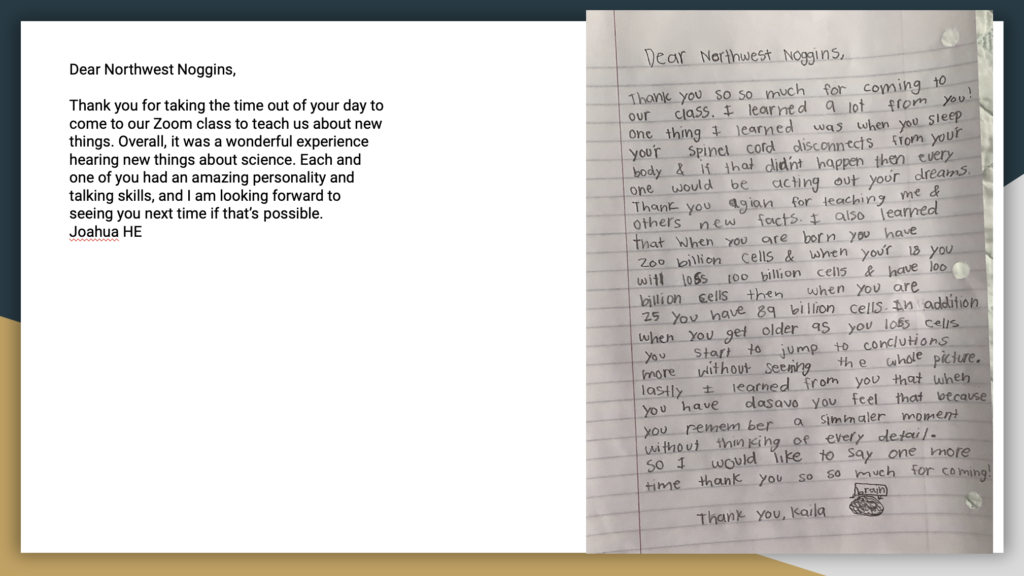


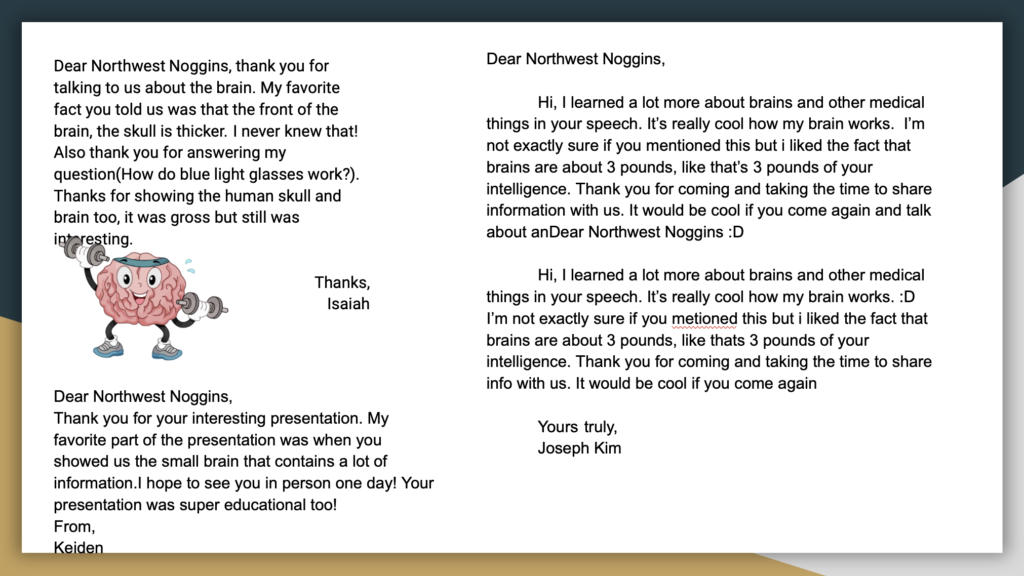
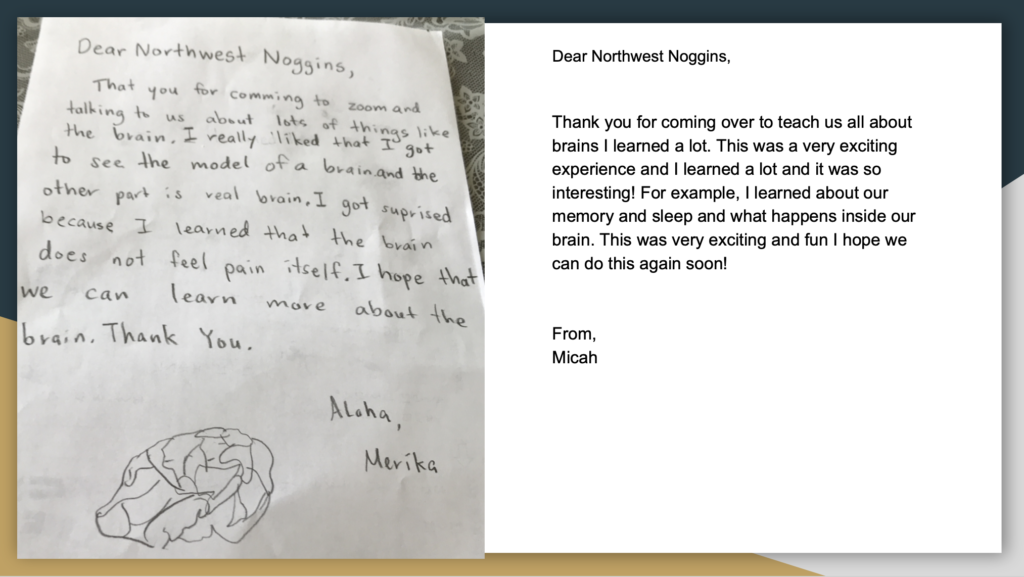

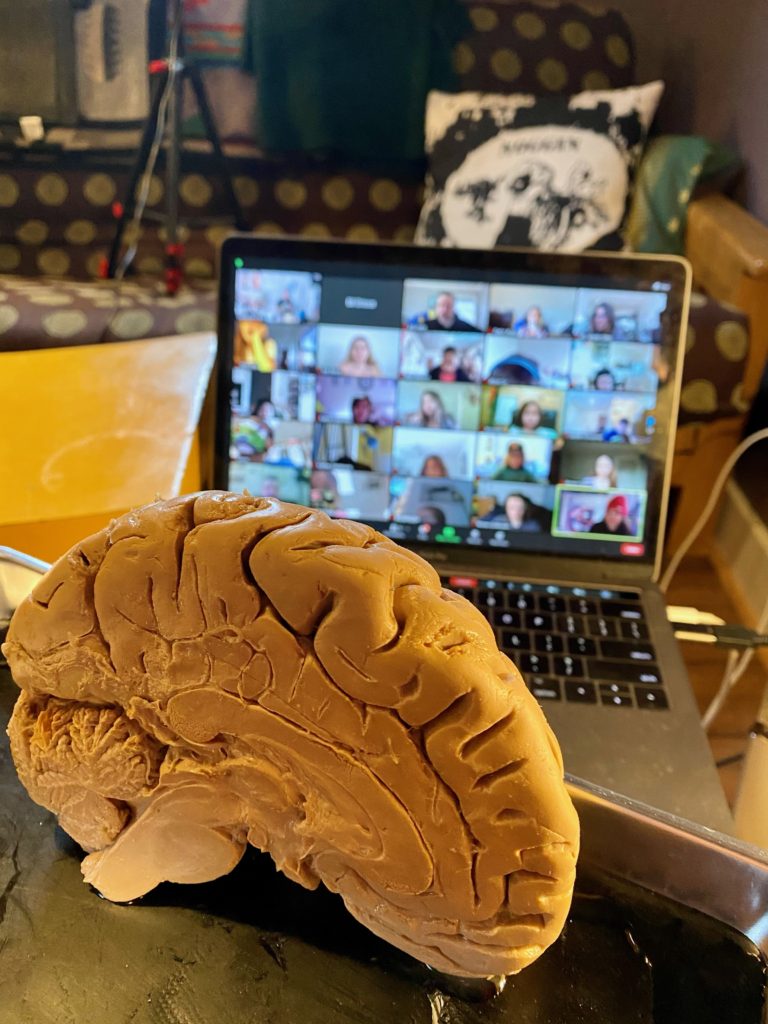
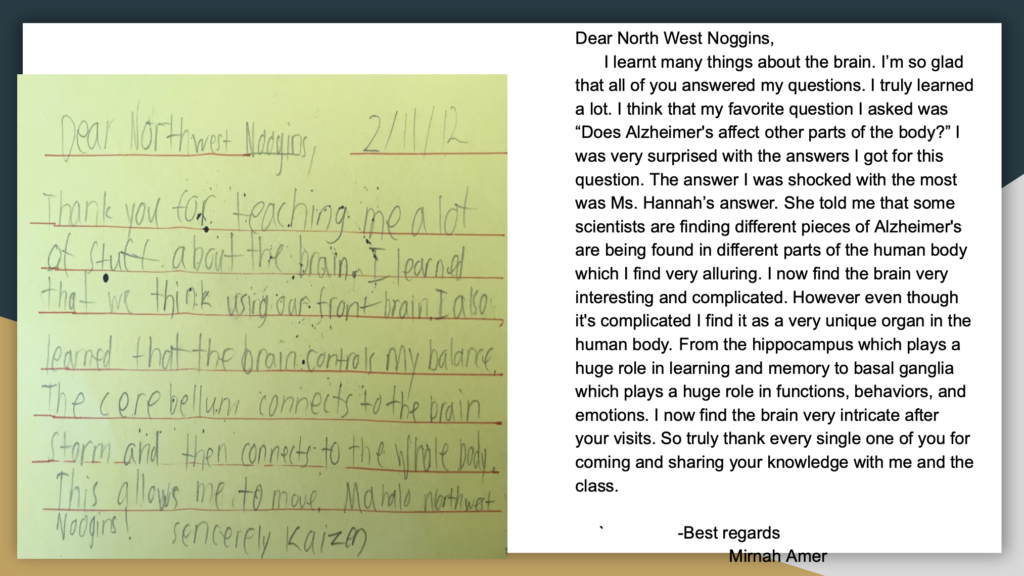
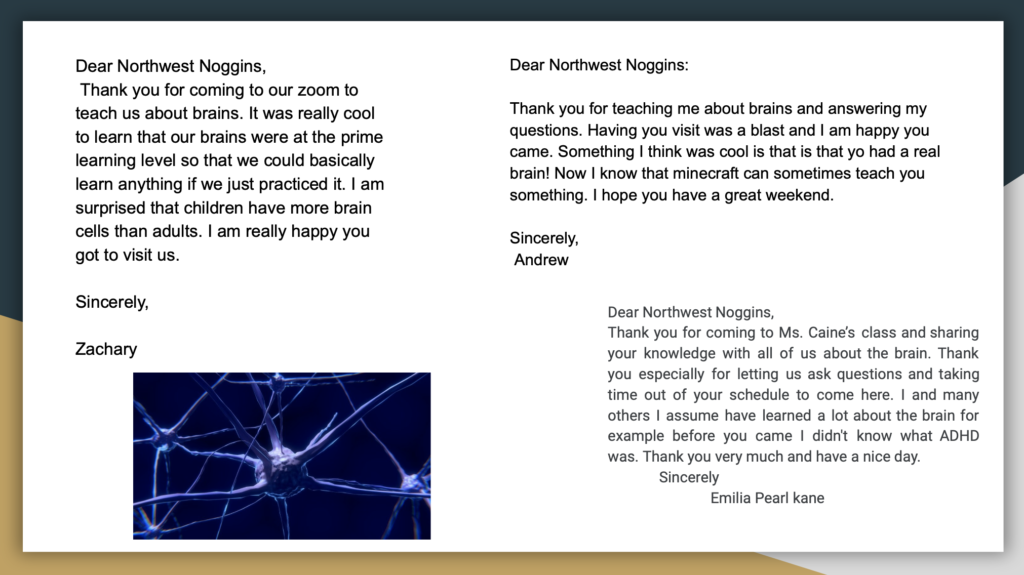
You can do this too!
For real, brah! No kidding!
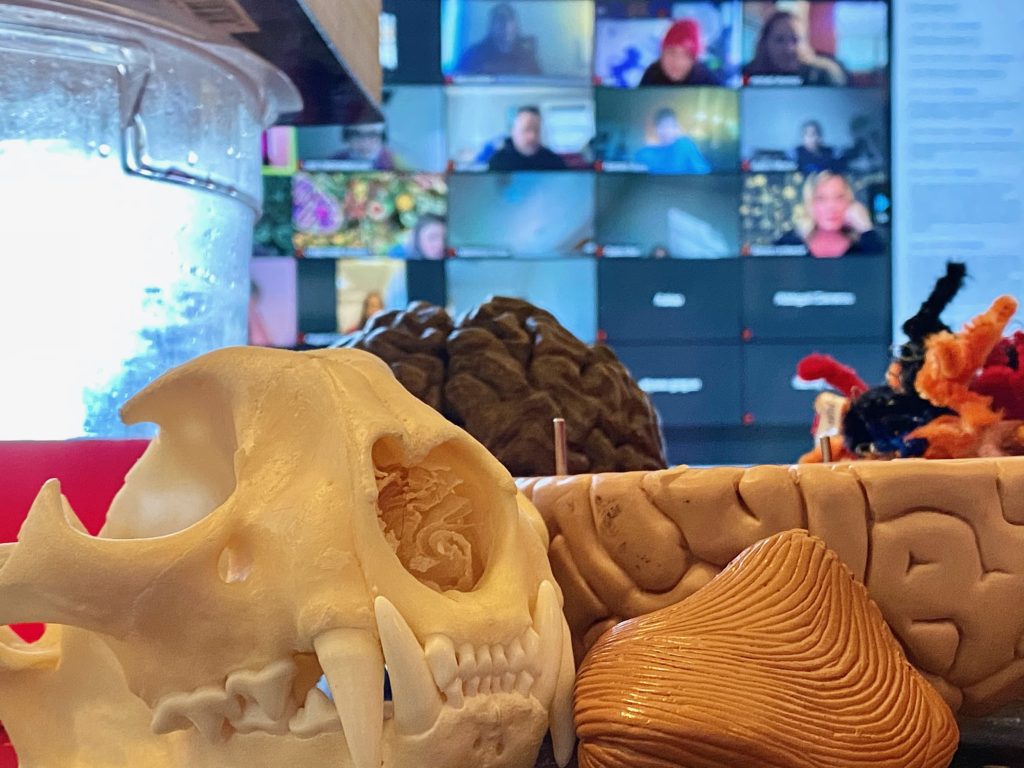
Outreach is sooo much more than paying bucks for a conference where scientists talk – mostly to each other. It’s not a well-memorized “elevator pitch” delivered for a “science communication” course where “press PLAY” earns you an expensive “professional” certification and an A.
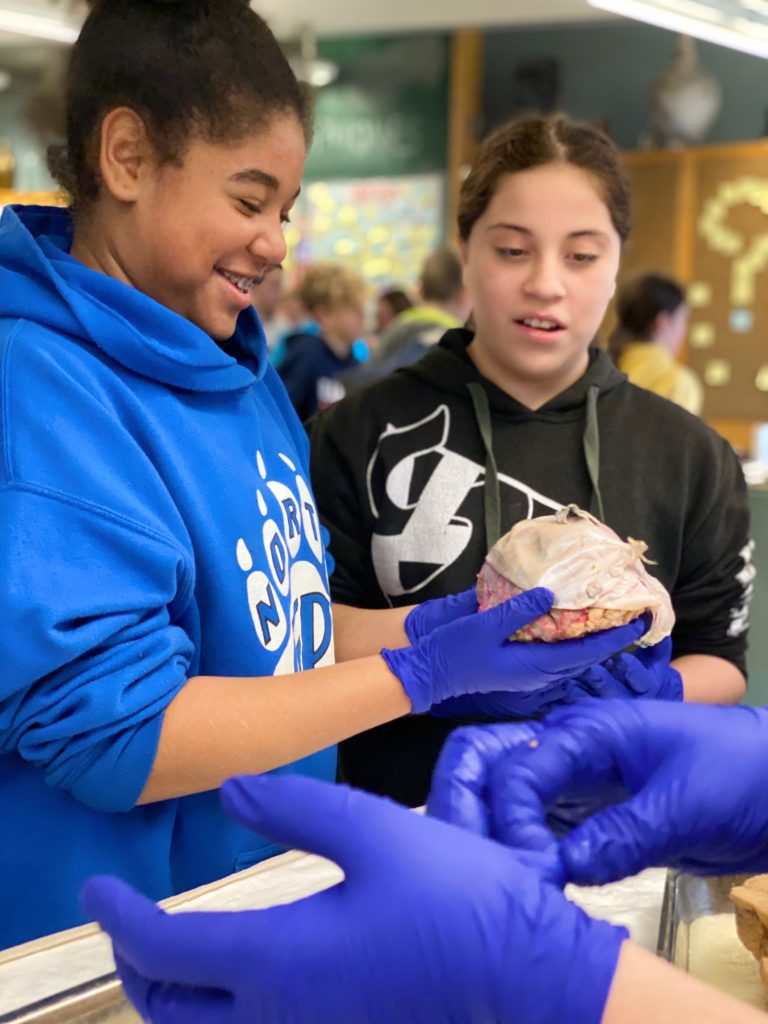
And it’s not “in-reach,” where scientists welcome busloads of youth (often from the private school where their own kids go) to an imposing campus or science museum to show off equipment, along with the environment and culture that administrators know best.

Going places – even virtually – and immersing ourselves in new situations, classrooms and community spaces allows more people to participate, share stories and ask what they really want to know. We ALL make connections and discover pathways for exploring our interests, contributing to a better understanding of ourselves, and the world.
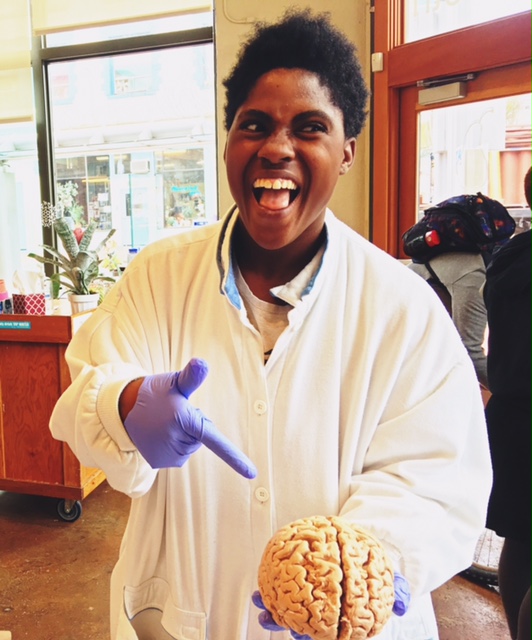
LEARN MORE: Action and Potential in Education, Outreach, and Research
LEARN MORE: Community Neuroscience: How to Build an Outreach Organization
LEARN MORE: Synapsing in San Diego @ SfN!
LEARN MORE: The Complexities of Communicating Science
LEARN MORE: Using Science to Improve Science Communication
LEARN MORE: Public communication of science 2.0


